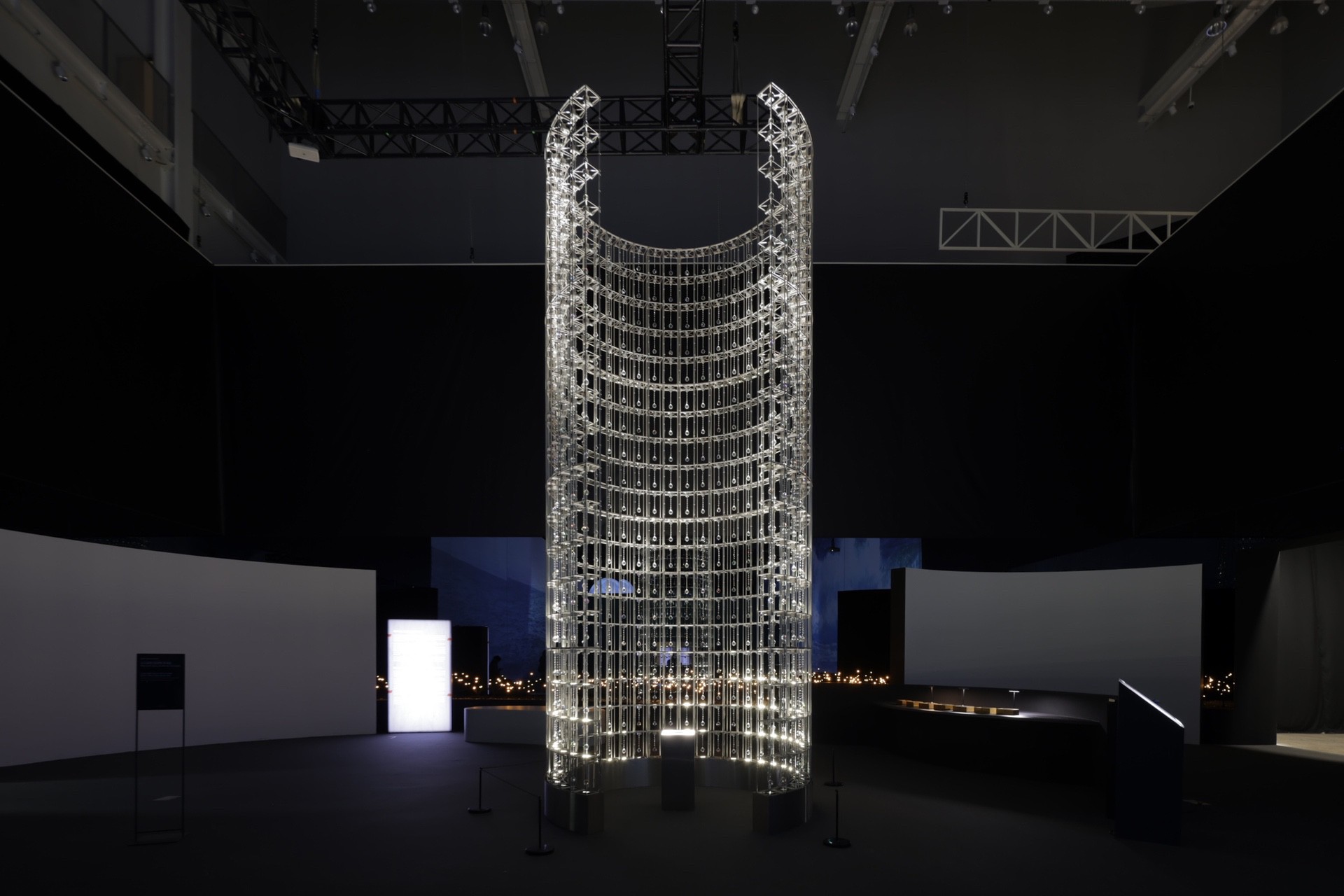
Dear Baba-Nyonya: The Further into Cross-Culture in Seaport Cities
Kochi, A Historical City Flourished by Spices
Kochi, situated in the southwestern state of Kerala, India, is a coastal city nestled along the shores of the Indian Ocean. It has long been a thriving hub of trade and cultural interactions, owing to its distinction as the birthplace of black pepper, a renowned spice celebrated to enhance the flavor and preservative quality of foods.
Hinduism is deeply woven into the fabric of Kochi’s culture and way of life. Dharma, the philosophical foundation of ideal living, finds expression in the traditional dance form of Kathakali and the myriad Hindu temples dotting the city. These symbols reflect the open-mindedness of Kochi’s inhabitants, who believe in the omnipresence of divinity.
Even though Kochi is located at the westernmost edge of Asia, it resonates with echoes of culture originating in eastern China, more than 3,000 kilometers away. Specifically, the distinctive fishing nets employed in the region involve lowering large nets into the water to capture fish, a method uncommon even in contemporary China. These nets have, however, become a significant attraction in Kochi.
For European explorers, Kochi was an appealing departure point for voyages deeper into Asia. After the Portuguese explorer Vasco da Gama made history as the first European to reach India by sea, Portugal gained control of the port of Kochi with the approval of the local ruler, establishing a fort and catapulting the city into a bustling trade center. Mattancherry Palace was constructed as the site of the first European settlements in India, fusing European-style interior decor with the traditional architectural aesthetics of the broader Kerala region. Subsequently, when the Dutch took over the port, it became known as the Dutch Palace.
Transformations spurred by Kochi’s expansive territory and abundant resources are also evident at St. Francis Church, celebrated for its exquisite architecture and ambiance. This monumental structure was initially built during the Portuguese colonization era as a Catholic place of worship and as the final resting place of Vasco da Gama. However, during the Dutch era, it transitioned into a Protestant church and later served as an Anglican church during the British one.
Within the tumultuous currents of history, smaller communities also thrived. Sephardic Jews from Spain and the Netherlands, unable to return to their homelands, found refuge in Kochi and erected the Paradesi Synagogue to sustain their faith. The Burghers, born from unions between local Sri Lankan women and European men, expressed their unique identity through distinct art forms, leaving a lasting testament to their presence.
Today, Kochi’s identity mirrors the complexity of flavors in Indian cuisine. Just as the diverse ingredients in masala create a spectrum of flavors depending on the cook, Kochi’s open embrace of external influences, accumulated over centuries, has woven a rich tapestry of diverse cultures.

OMA Space
〈Golden Journey〉, 2023.

Song Changae
〈WATER ODYSSEY: Waterroad〉, 2023.

Park Keunho (chamsae)
〈Trade Appraisal〉, 2023.
